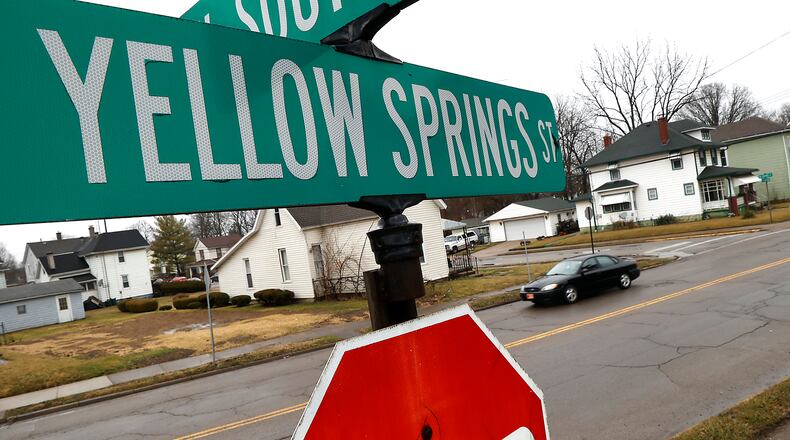The project will include total reconstruction, including new water lines and drains before the surface is completed.
City Service Director Chris Moore says they want to get started as soon as possible on the project, but delays are possible.
“The project is slated to start as soon as we can get a contractor approved. However, right now we are seeing up to 50 weeks in delay in receiving some materials,” he said.
That will force officials to work with the contractor to adjust phases of the construction to get as much done as possible, Moore said.
“Sometimes we have to work-around the water line work that we need,” he said.
Asked by City Commissioner David Estrop if the problem is contractors are overloaded or if logistical/supply issues remain, Moore responded both are to blame.
“We hear it both ways,” Moore said. “There is a demand issue for contractors, supplies and materials because there’s so much infrastructure work being done. We have had trouble getting some materials.”
One example involves brass fittings, he said.
“We can get everything we need except a couple of brass fittings to complete something,” Moore said. “We’re trying to help contractors look at alternative specifications or find a way we can phase the project to keep things moving.”
Since the city won voter approval for a levy in 2018 that promised investment in major street reconstruction annually, the process has been moving forward. Moore told the commission that in 2022, $11 million was spent on improving 72 neighborhood streets. His department is currently working on identifying additional streets to be targeted for improvement this year.
City officials approved expenditures of $1.1 million for sand, gravel and other materials associated with street improvements.
Estrop noted the city’s commitment to voters was to invest $2 million a year in street projects, and Moore said the investment to date has far exceeded that amount.
“What everybody sees is just that top edge, the nice driving surface, but in many cases there’s another $2 million invested underneath. That way we’re not digging up the roadway after we’ve already laid the asphalt.”
About the Author
